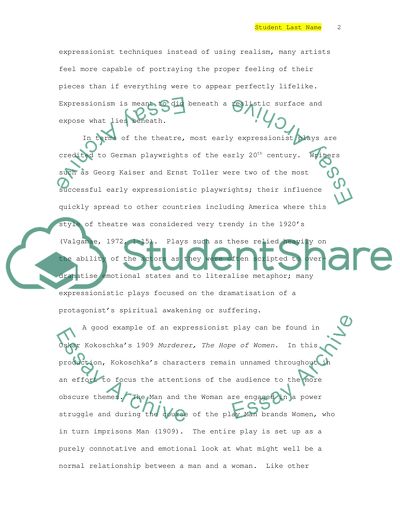Cite this document
(“Expressionism and Harold Pinters Plays Essay Example | Topics and Well Written Essays - 1750 words”, n.d.)
Retrieved from https://studentshare.org/miscellaneous/1529098-expressionism-and-harold-pinters-plays
Retrieved from https://studentshare.org/miscellaneous/1529098-expressionism-and-harold-pinters-plays
(Expressionism and Harold Pinters Plays Essay Example | Topics and Well Written Essays - 1750 Words)
https://studentshare.org/miscellaneous/1529098-expressionism-and-harold-pinters-plays.
https://studentshare.org/miscellaneous/1529098-expressionism-and-harold-pinters-plays.
“Expressionism and Harold Pinters Plays Essay Example | Topics and Well Written Essays - 1750 Words”, n.d. https://studentshare.org/miscellaneous/1529098-expressionism-and-harold-pinters-plays.


